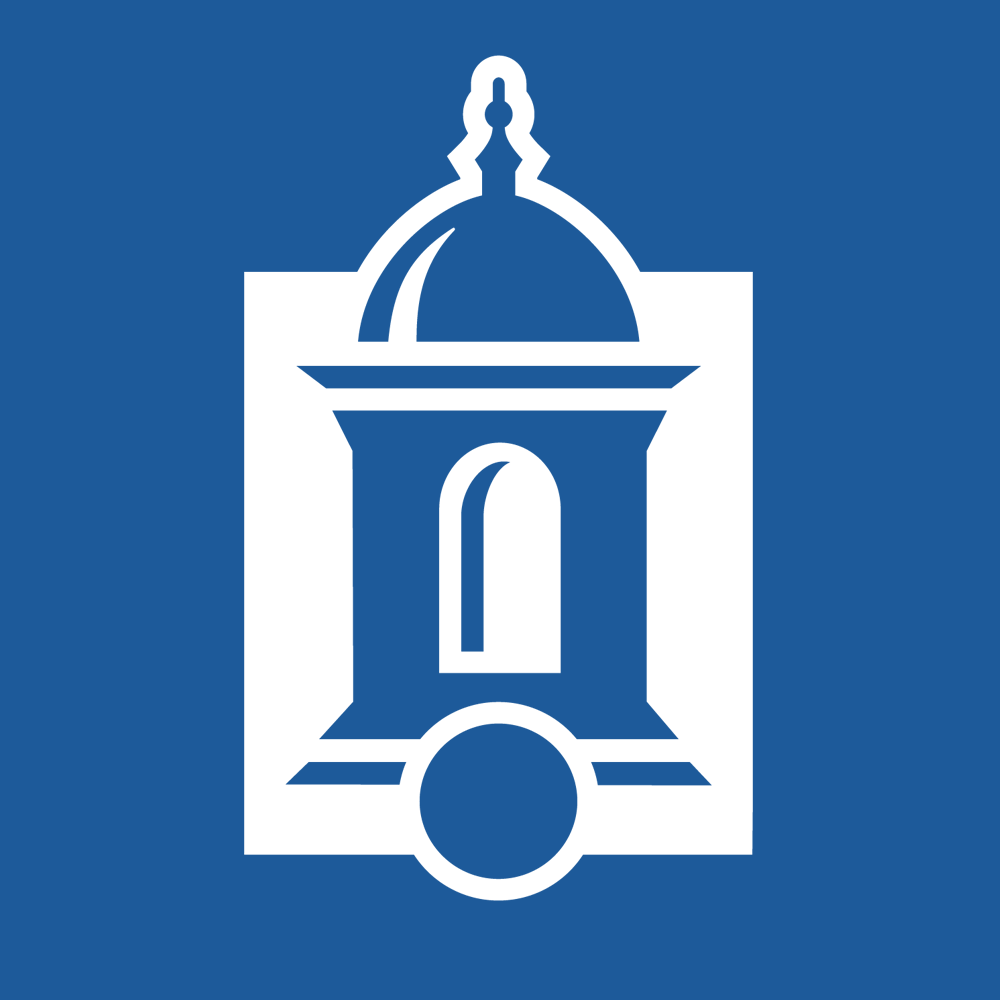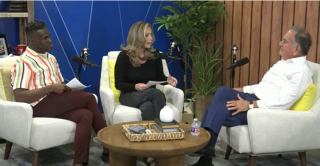
Fall 2018
[1] MISSION & PURPOSES
Mission Statement (2008) . . .
Central is a COMMUNITY of LEARNERS dedicated ted to TEACHING and SCHOLARSHIP that (a) EMPHASIZES DEVELOPMENT and APPLICATION of KNOWLEDGE and IDEAS through RESEARCH and OUTREACH activities, and (b) PREPARES STUDENTS to be thoughtful, responsible and successful CITIZENS. As a COMPREHENSIVE PUBLIC UNIVERSITY, we PROVIDE BROAD ACCESS to QUALITY DEGREE PROGRAMS at the baccalaureate, masters and doctoral levels.
Distinctive Elements—
(1) International Education, (2) Workforce and State Economic Development, (3) Community Engagement, and (4) Interdisciplinary and Cross-curricular Initiatives.
***Mission serves Central well; Strategic Planning Process to Occur
[2] PLANNING & EVALUATION
Since 2008 . . . Significant improvements in planning and evaluation Evidence—(a) Program Review & (b) Measuring Institutional Effectiveness President Zulma Toro . . . University-Adopted Interim Strategic Plan Identifies four primary institutional needs: (1) Increase Student Enrollment, (2) Maintain Academic Excellence, (3) Expand Community Engagement, (4) Develop Additional Sources of Revenue.
Benchmarking . . . Integrated Budget Model . . . Integrated Planning Council
***Systems in place; continuous efforts to assess and improve.
[3] ORGANIZATION & GOVERNANCE
CSCU System . . .
Central, ECSU, SCSU, WCSU, 12 CCs, Charter Oak
Students First—
Systemwide effort to seek efficiencies to allow for continued opportunities for students in an era of statewide fiscal constraint
Central—
President, 11-member Executive Committee, Faculty Senate Collective Bargaining Environment.
Interim Strategic Plan
Emphasizes transparency & shared governance. Focuses on four institutional needs:
*Student Enrollment *Community Engagement
*Academic Excellence *Additional Revenue
***Central committed to transparency, shared governance, and addressing four institutional needs.
[4] THE ACADEMIC PROGRAM
Assuring Academic Quality—
Maturing assessment policies & process
Academic Program Elements—
*63 baccalaureate degrees . . . 25 certificates
*General Education—Multi-State Collaborative model
Graduate Programs—
*39 master’s degrees, 7 post-master certificates, 2 doctoral degrees
*Scholarly Inquiry, Community, Integrity, Leadership, Excellence
Integrity in Award of Academic Credit
*120-credit limit for bachelor’s for 58 programs, 5 exceptions.
*Transfer Articulation Plan (TAP) for 22 programs.
***Culture of assessment progressing; Focus on informed planning, growth, and decision making.
[5] STUDENTS
Characteristics
Diverse (33%) . . . CT Residents (96%) . . . FT (69%)
50% Female; 50% Male
Admissions & Retention
*Holistic Admission Process . . . Common App . . Rolling Admission
*67% receive Financial Aid . . . Average Debt at Grad: $25,162
Student Services & Co-Curricular
*Documents: First-Year Guide . . . Transfer Guide
*School-Based Advising Centers . . . Explore Central if No Major
*Multiple Student-Support Units and Programs
*148 Student Clubs & Organization (2017-18)
*Athletics—NCAA Division I . . . 400 athletes . . . 18 sports
*VP Student Affairs—Residence Life, Student Activities/Leadership, Student Center, LGBT Center, Student Conduct, Office of Disability Services, Veteran’s Center, Wellness/Counseling & Health, Orientation
***Broad-based commitment to student success; greater cross-division collaboration will strengthen student experience & success.
[6] TEACHING, LEARNING, AND SCHOLARSHIP
Faculty and Academic Staff
*F17 Headcount . . . 448 FT Faculty; 485 PT Faculty
*AAUP & SUOAF Collective Bargaining Agreements Guide Personnel Policy and Process
*Competitive Faculty Salaries . . . CUPA Comparisons
Teaching and Learning
*Instruction . . . On Ground . . . Hybrid . . . Online
*Instructional Support—Center for Teaching & Faculty Development, Instructional Design & Technology Resource Center, Office of Grants & Funded Research, and Office of Institutional Research & Assessment
*Annual Assessment Reports to Academic Assessment Committee
***Strong faculty performance; collaborative faculty/staff/administrative relationships; shared focus on student success.
[7] INSTITUTIONAL RESOURCES
Human Resources
*F17—FT Employees = 984 . . . Staff = 536; Faculty = 448
*F17—PT Employees = 622 . . . Staff = 137; Faculty = 485
*Seven Collective Bargaining Agreements
*Performance Evaluation Processes . . . Training
Financial Resources
*Balanced Budgets; Strategic Reallocations
*Process includes University Planning & Budget Committee
*CCSU Foundation—Endowment tripled since 2008
$3 million annual fund raising.
Information, Physical, & Technological Resources
*Campus = 314 acres . . . 70 buildings
*CSUS 2020 program follows 1999 Master Plan
*Student Tech Center—25 discipline-specific computer labs; 17 computerized classrooms; 175 classrooms with technology.
*Elihu Burritt Library—Electronic access to library resources plus 644,720 bound volumes and 121,954 electronic books
*Access to State of CT research ITCT databases & 33 CT libraries
*Central Police accredited by Commission on Accreditation for Law Enforcement Agencies
***Balanced budgets; faculty and staff involved in planning and budget processes; shared governance principles applied within collective-bargaining environment.
[8] EDUCATIONAL EFFECTIVENESS
Major progress in assessment . . . 96% departmental participation . . .
General Education assessment through Multi-State Collaborative
Assessment of Student Learning
*Academic Assessment Committee—Regular feedback . . . coordination
*Program Review process—5-year cycle
*Evidence of curricular change based on assessment results
*Student Engagement through NSSE, BCSSE, & SSI
Student Academic Success
*EOP (50th year) . . . Summer Bridges strong. FYE needs redefinition
*The Learning Center—Provides Tutoring and Academic Coaching
*Academic Maps . . . Success Matters—Both in place
Retention & Graduation.
*First-time full-time student retention ranges 76-81%
*4-year grad rate up 9.5% in four years; up 13.3% in ten years.
*Post-grad survey—90% rate academic experience good or excellent
***Significant assessment progress; broad support for student success; continued growth in cross-division collaboration desired, necessary and likely.
[9] INTEGRITY, TRANSPARENCY, AND PUBLIC DISCLOSURE
Central leaders understand statutory and ethical responsibilities.
Actions demonstrate transparency and accountability.
Open access to public information to assist potential students and report to the community.
***Presidential and university-wide commitment to integrity, transparency, and public disclosure evident through recent actions regarding multiple allegations of current and past activities. Evidence of open, inclusive access to president and university leadership.


